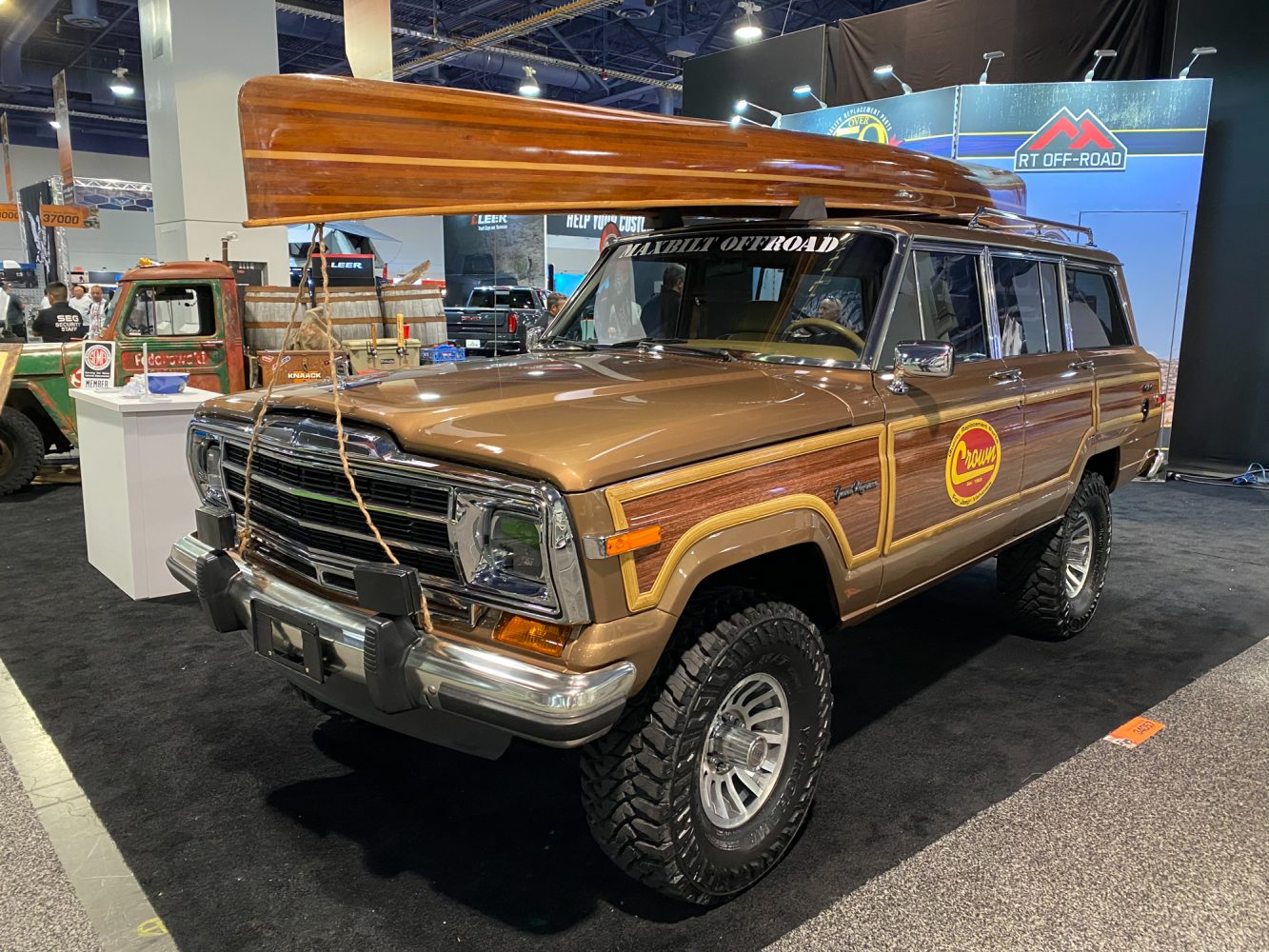waveslider said:Anyone know the real numbers?
While I am neither a structural engineer, nor an expert in composites, I do have some experience and a basic working knowledge. I am also bored at work today and am pretty good with math, so here goes nothing.
In order to do this correctly, you need a LOT of data; data that I do not have. So, we are going to make some assumptions, and that will skew the results some. Estimated data:
Overall Length at Roof Line: 20 feet
Overall Width: 96 inches
Overall Height: 80 inches
Floor on Chassis: 14 feet
Floor on Cabover: 6 feet
Wall Thickness: 2 inches
Core: Structural foam of unknown thickness/density (see below)
Skins: carbon fiber, unknown thickness/density (see below)
Main Side Panels: 14 feet x 80 inches = 26,880 square inches
Chassis Floor Panel: 14 feet x 96 inches = 16,128 square inches
Roof Panel: 20 feet x 96 inches = 23,040 square inches
Cabover Floor Panel: 96 x 72 inches = 6,912 square inches
Cabover Side Panels: 72 inches x 36 inches high = 5,184 square inches
Cabover Front Panel: 96 inches x 36 inches high = 3,456 square inches (chamfer not included)
So, we have a rough estimate of 81,600 square inches of exterior panel area. There will be a slight reduction in interior panel volume, but for simplification, I am going to take 1% off the number above, leaving us 162,384 square inches, 1,127.67 square feet or 106.76 square meters of carbon fiber skin, inside and out. Of course this does not include windows or hatches that may be made from a different material, chamfers and the like.
It is preferred to lay several thin layers of cloth and resin, as opposed to one really thick/heavy layer. So, for this example, we will use three layers of a 3k Twill (2x2) with a weight of 5.9 ounces per yard in 60" width. Because this truck is a hard core rock crawler and will only be taken on the toughest trails, we will skin the panel in a layer of Aramid, as carbon fiber fails catastrophically once its limits are reached. So, we will spec Kevlar 49, in a 2x2 twill, with a mass of 5.3 ounces per yard in a 50" width.
We will assume that proper mixing and bagging procedures are used and that there is little, if any excess resin, resulting in a perfect 50/50 resin to cloth ratio. (This varies by process, product and manufacturer) Pre-preg can be under 30% resin for high $$$$$ parts. Wet layup is about 60% resin. A 50/50 ratio makes the math easy too.
Exterior skins: 81,600 square inches x 3 layers of carbon & epoxy resin = 84 pounds
Exterior skins: 81,600 square inches x 1 layer of Aramid & epoxy resin = 30 pounds
Interior skins: 80,784 square inches x 2 layers of carbon & epoxy resin = 55 pounds
Structural foam core: 3 PPCF Divinycell has a mass of 283 pounds (2" thickness)
Structural foam core: 5 PPCF Divinycell has a mass of 473 pounds (2" thickness)
Total shell weight is estimated at 450 to 640 pounds. This does not include hatches, hinges, windows, in built furniture, attachment hardware or anything else. This is a basic, empty box made with carbon skins (interior and exterior) and structural foam.
If more layers of carbon are used or the resin ratio is higher, the weight will increase. If 12 pound Divinycell is used, the weight will increase. So, for all of the guys building 4,000 pound truck campers, carbon/foam SIPs are your answer.
Last edited:

